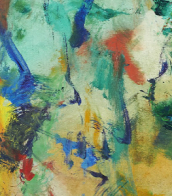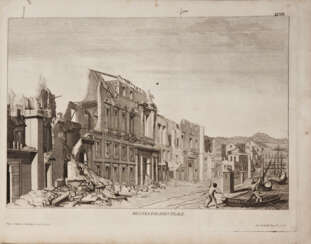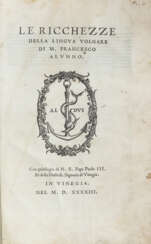francesco d&

Giovan Francesco Penni, an Italian painter born in 1488, carved a niche for himself amidst the luminaries of the Renaissance. As a native of Florence, his artistry was cradled in the birthplace of the Renaissance, allowing him to develop a specialization that beautifully married traditional techniques with the burgeoning innovations of the time.
Penni is best known for his intimate collaboration with Raphael, one of the era's most celebrated masters. This association not only honed his skills but also deeply influenced his artistic direction, imbuing his works with a blend of grace and narrative depth characteristic of the High Renaissance. Penni's contributions to art, though less documented than those of his contemporaries, highlight his adeptness in painting and his ability to capture the ethereal beauty of religious and mythological subjects.
His known works, which include contributions to the Raphael Rooms in the Vatican, stand as testament to his skill and artistic vision. While many of his individual pieces may reside in obscurity, those attributed to him and preserved in museums and galleries across Europe continue to enchant art lovers with their elegance and historical significance.
For collectors and experts in art and antiques, Giovan Francesco Penni represents an intriguing figure whose legacy is ripe for rediscovery. His works, woven into the tapestry of Renaissance art, offer a unique lens through which to explore an era that shaped the course of Western art history.
In pursuit of uncovering the treasures of Giovan Francesco Penni's oeuvre, we invite you to sign up for updates. This subscription will ensure you're informed about the latest findings, sales, and auction events related to Penni's work, offering exclusive opportunities to delve deeper into the rich legacy of this Renaissance artist.

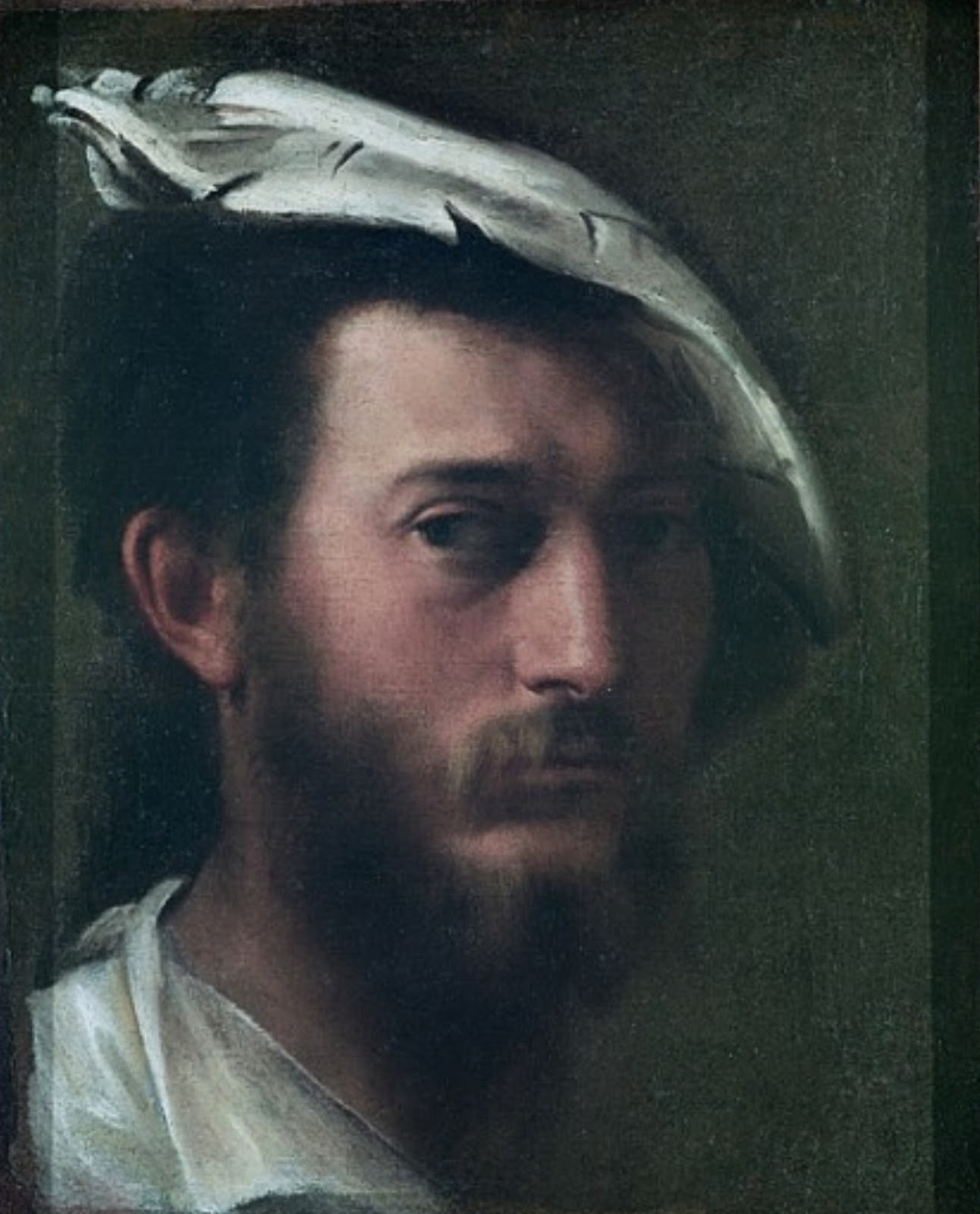
Francesco Primaticcio was an Italian Mannerist painter, architect and sculptor who spent most of his career in France.
Primaticcio's crowded Mannerist compositions and his long-legged canon of beauty influenced French art for the rest of the century.



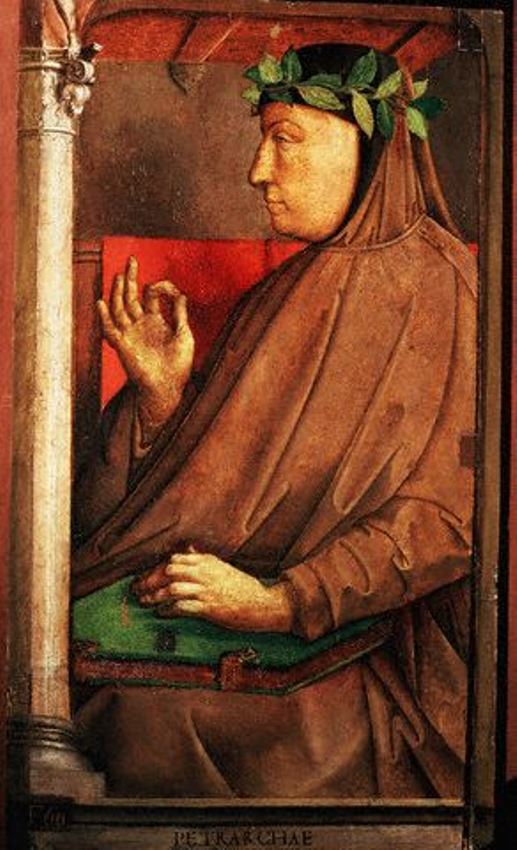
Francesco Petrarca was an Italian poet, the founder of European humanism, and one of the greatest figures of the Italian Proto-Renaissance.
Petrarca studied at the University of Montpellier, then at the University of Bologna, in 1330 entered the service of Cardinal Giovanni Colonna as a chaplain. Then he made various pilgrimages, in 1353 settled in Milan at the court of Archbishop Giovanni Visconti, and carried out important diplomatic missions. Petrarca spent the last years of his life in the village of Arquà near Padua.
Since 1337 Petrarca began to write literary works: these were historical poems in Latin and lyric poems in Italian. In 1327 Francesco saw Laura for the first time, undivided love for which was the main source of his poetry. Laura was for him an object of adoration and pure platonic love. Despite the fact that they saw each other only a few times and were not really acquainted, Petrarca carried this feeling through his life.
Passionate about ancient culture, Petrarch deciphered and commented on the manuscripts of Cicero, Quintilian and others. He opposed medieval scholasticism interest in the earthly purpose of man, argued that the nobility of man depends not on the nobility of origin, but on his virtue. Petrarca highly valued the mind and creative abilities of man, and these humanistic ideas found vivid expression in his lyrics, revealing the inner world of man. Petrarca's work laid the foundation for the formation of Italian humanism. He also dreamed of the unification of Italy, the revival of the former greatness of Rome.
Francesco Petrarca had one of the richest libraries of his time, where ancient Roman writers, poets, historians, philosophers were represented. He was one of the brightest representatives of the culture of the Renaissance. Petrarca's works are characterized by perfection of form and musicality of verse, which played a significant role in the development of European poetry. Among his works are the poem "Africa" about the Second Punic War in Latin, allegorical pastoral eclogues "Bucolics" (1346/1357), a book of songs "My Italy", "Noble Spirit", sonnets, etc.




Francesco Lazzaro Guardi was an Italian painter, nobleman, and a member of the Venetian School. He is considered to be among the last practitioners, along with his brothers, of the classic Venetian school of painting.
In the early part of his career he collaborated with his older brother Gian Antonio in the production of religious paintings. After Gian Antonio's death in 1760, Francesco concentrated on vedute. The earliest of these show the influence of Canaletto, but he gradually adopted a looser style characterized by spirited brush-strokes and freely imagined architecture.


Francesco Lazzaro Guardi was an Italian painter, nobleman, and a member of the Venetian School. He is considered to be among the last practitioners, along with his brothers, of the classic Venetian school of painting.
In the early part of his career he collaborated with his older brother Gian Antonio in the production of religious paintings. After Gian Antonio's death in 1760, Francesco concentrated on vedute. The earliest of these show the influence of Canaletto, but he gradually adopted a looser style characterized by spirited brush-strokes and freely imagined architecture.
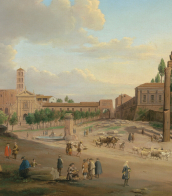

Francesco Lazzaro Guardi was an Italian painter, nobleman, and a member of the Venetian School. He is considered to be among the last practitioners, along with his brothers, of the classic Venetian school of painting.
In the early part of his career he collaborated with his older brother Gian Antonio in the production of religious paintings. After Gian Antonio's death in 1760, Francesco concentrated on vedute. The earliest of these show the influence of Canaletto, but he gradually adopted a looser style characterized by spirited brush-strokes and freely imagined architecture.


Francesco Lazzaro Guardi was an Italian painter, nobleman, and a member of the Venetian School. He is considered to be among the last practitioners, along with his brothers, of the classic Venetian school of painting.
In the early part of his career he collaborated with his older brother Gian Antonio in the production of religious paintings. After Gian Antonio's death in 1760, Francesco concentrated on vedute. The earliest of these show the influence of Canaletto, but he gradually adopted a looser style characterized by spirited brush-strokes and freely imagined architecture.


Francesco Fontebasso was an Italian painter of the late-Baroque or Rococo period of Venice. He first apprenticed with Sebastiano Ricci, but was strongly influenced by his contemporary, Giovanni Battista Tiepolo.

































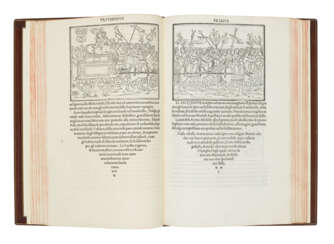








![[AEROSTATICA] - Lotto composto da diversi libri sull'aerostatica stampati a inizio Ottocento fra](/assets/image/picture_942488/75847/p9wxuqm7syj0sfzrsks1cgeri9dix1afmiy6nwb02vggznaycdnaswormoftiwc1596201882jpg__fix_374_244.jpeg)
![[AEROSTATICA] - Lotto composto da diversi libri sull'aerostatica stampati a inizio Ottocento fra](https://veryimportantlot.com/assets/image/picture_942488/75847/p9wxuqm7syj0sfzrsks1cgeri9dix1afmiy6nwb02vggznaycdnaswormoftiwc1596201882jpg__fix_374_244.jpeg)











